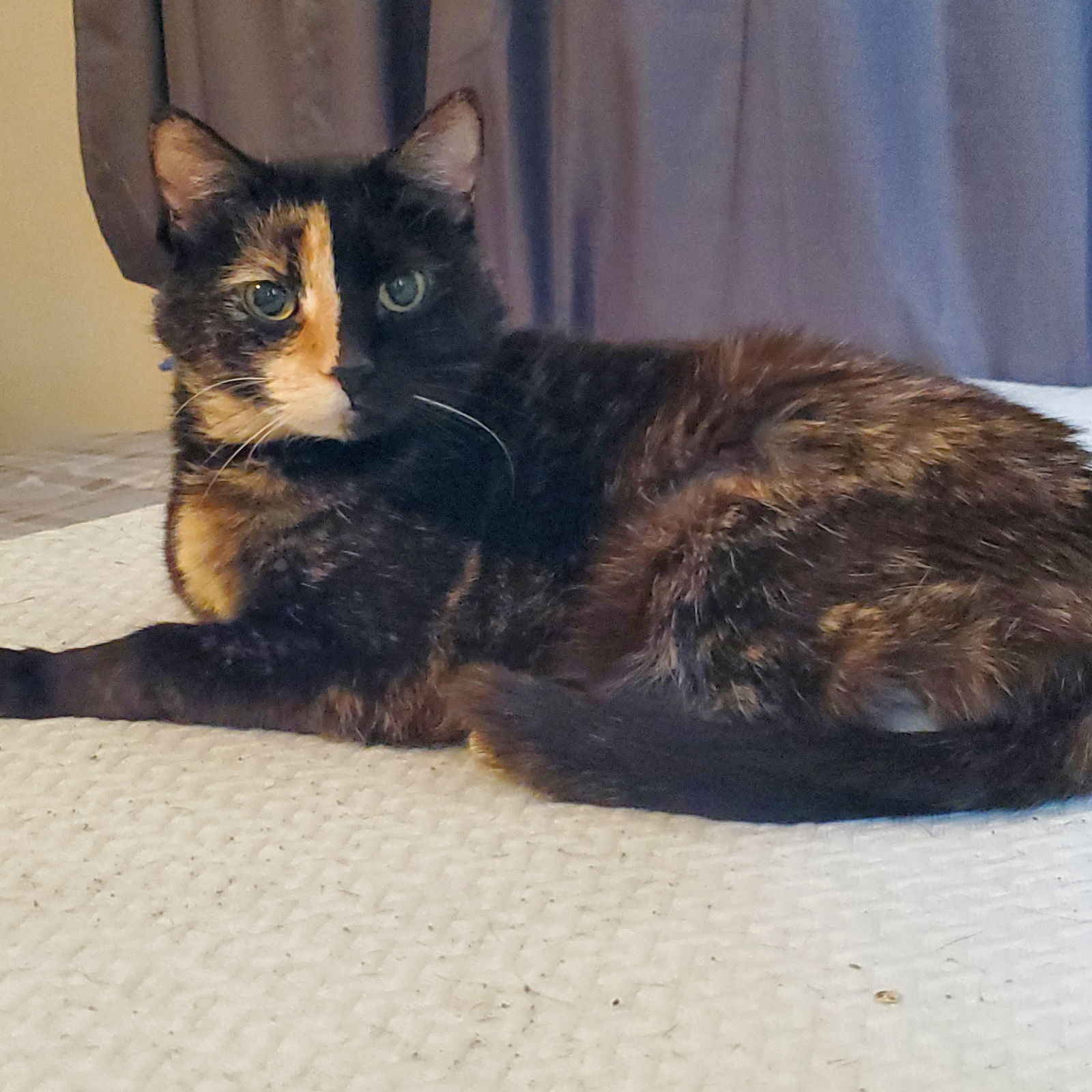Adopt a Declawed Cat
A.R.F. does not recommend declawing. However, we occasionally have cats available for adoption that were declawed before being surrendered. These cats are either two-paw or four-paw declaw. While we do not suggest the practice of declawing, we realize that some people prefer declawed cats for various reasons, and we will place declawed cats with forever homes.
Ready to adopt? Click to fill out a free, no-obligation adoption application or learn more about our adoption policies and procedures.
If you see a “no results found” message, that means we don’t currently have any declawed cats available. Check back soon or see our full list of cats available for adoption in the Chicago area.
Information About Declawing
Declawing is the amputation of all or part of the last joint in a cat’s toes to prevent their natural scratching behavior. People think that declawing their cat will stop them destroying the house, but we’ve found that declawing rarely solves behavioral problems. Other problems can crop up, such as chronic pain, biting, and litter box issues.
A.R.F. does not recommend declawing of any cat except for medical reasons. Learn more about alternatives to declawing from the Jackson Galaxy video below.
Products to Help with Cat Scratching
There are many products to help prevent damaging scratching behavior. With a little patience cats can be trained to scratch in the proper place.
- Trim their nails: Short nails can’t cause damage. Get a good pair of clippers—we recommend the scissors type—and trim their nails every few weeks. If you’re concerned about them not liking it, sneak up on them while they’re asleep or feed them immediately after a trim to create positive associations. Handle their paws frequently to get them used to being touched.
- Scratching posts: A cat scratching on furniture can easily be redirected to scratching on a post. Advances in scratching post technology mean they blend in better with modern home decor. Rubbing catnip or a scratching attractant will help draw the cat to the right place to scratch.
- Furniture protectors: If there is a spot that your feline friend likes to destroy, you can deter the behavior by using sticky tape, aluminum foil, or plastic wrap. Cats don’t like the feeling of those materials on their paws and will no longer scratch in that location. Be sure to provide a scratching post so they have a place to get out their scratching energy.
- Claw caps: These are glue-on caps that go over your cat’s claws that prevent damage from scratching. Bonus: they come in cool colors or glow in the dark!
Additional Cat Declawing Resources
- FAQs about cat declawing from The Paw Project.
- Jackson Galaxy, a great resource on cat behavior, has a good video about how to stop cats from scratching furniture. If you have concerns about scratching, that should be your first stop.
- How to choose the best scratching post.

